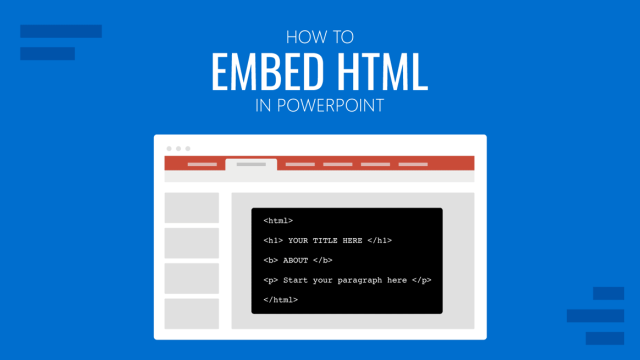
How to Embed HTML in PowerPoint
You don’t have to create complex text pieces to represent code. Learn how to embed HTML in PowerPoint with this guide.
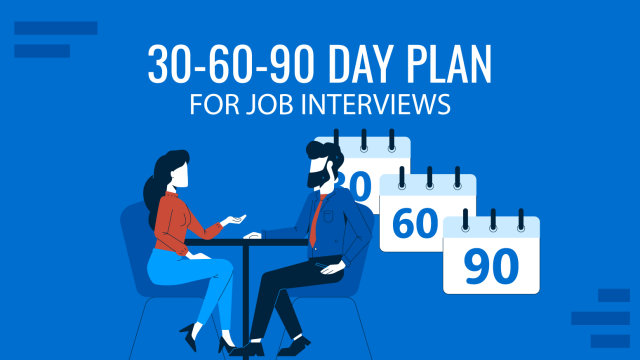
Crafting an Effective 30-60-90 Day Plan for Job Interviews: Examples + Templates
Depending upon the job title, there are various types of plans that one might require making such as perhaps a communications plan or project plan. However, the most common plan one might require making is a 30-60-90 day plan.
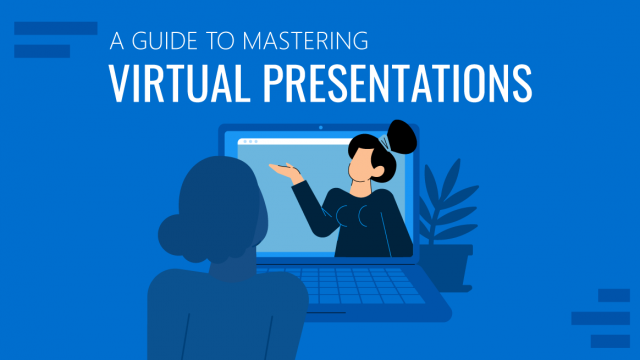
A Guide to Mastering Virtual Presentations
Virtual Presentations can feel challenging at times, especially if we struggle with self-confidence. In this article, we’ll guide you to become a master of this discipline.
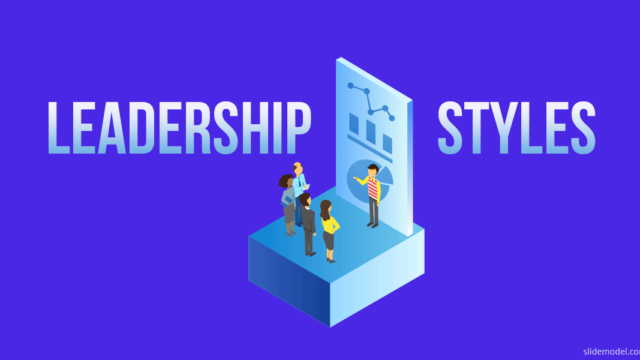
Leadership Styles: What Type of Style Should You Adopt?
Being a good corporate leader is both art and science. On one hand, you need to experiment and often use your gut feeling to decide on how you should behave in one situation or another. On the other hand, without a solid leadership methodology, all your efforts may result in minimal impact. So let’s take a closer look at the different types of leadership styles, formalized by social scientists, along with explanations on when each of them works best at the workplace.
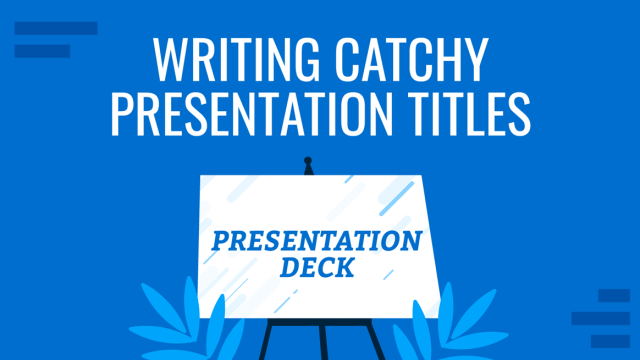
Writing Catchy Presentation Titles: Proven Techniques You Should Know
Give an extra boost to your presentations by learning how to write powerful presentation titles.
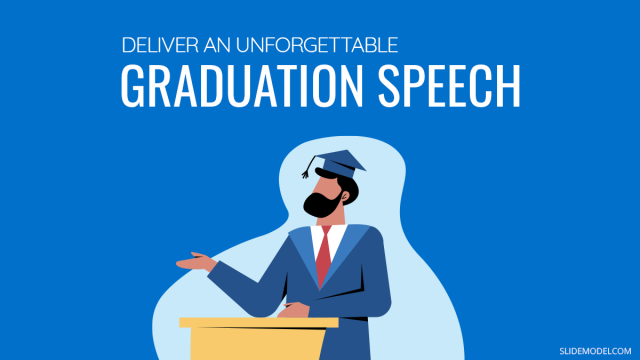
What Makes a Great Graduation Speech (with Examples)
Online education has brought new and exciting opportunities to have new degrees to help anyone grow in their career. In this article, we share with you some of the best practices on creating a great Graduation Speech and shine not only with your class but also with the world.
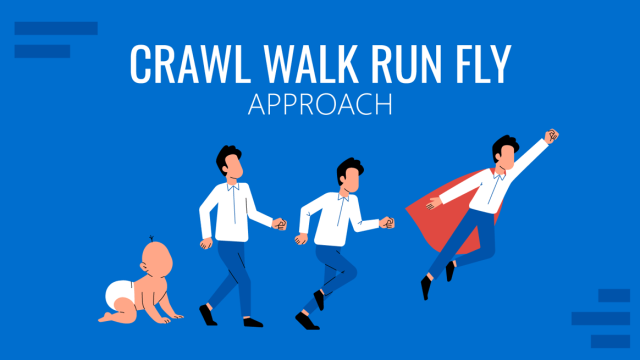
What Is Crawl Walk Run Fly Methodology for Business
Learn how to use and implement the Crawl Walk Run Fly approach for project and business management with the help of this guide.
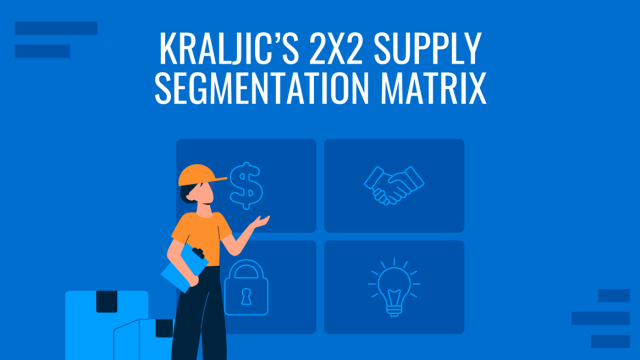
Kraljic’s 2×2 Supply Segmentation Matrix Explained
Learn how to effectively categorize and manage suppliers based on supply risk and strategic importance by using the Kraljic’s 2×2 Supply Segmentation Matrix.
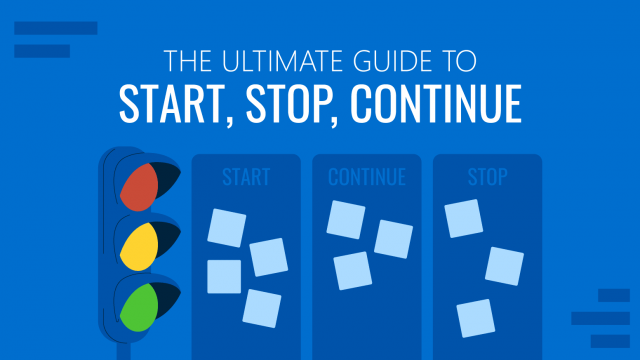
The Ultimate Guide to Start, Stop, Continue Retrospective
Starting with what it is, we dive into the purpose of using the start, stop, continue analysis, discuss its three elements, elaborate how companies can create their own start, stop, continue framework, what it can be used for.